Nikon Z5 vs Z6: 8 key differences you need to know
How 'entry-level' is the Z5 compared to its older sibling?
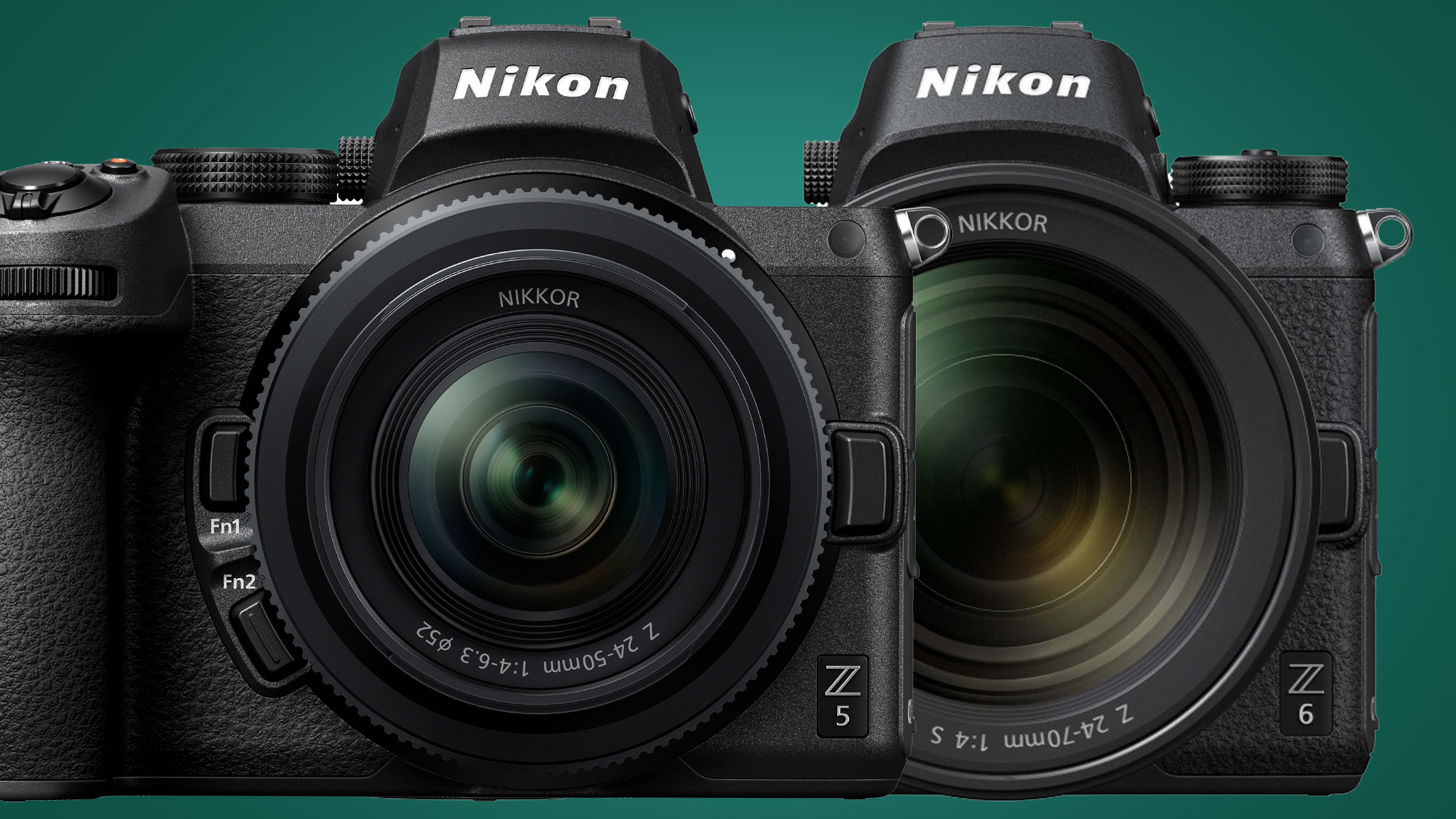
The Nikon Z5 is officially the camera giant's new 'entry-level' full-frame mirrorless camera, sitting below the now slightly aging Nikon Z6 and Z7 from 2018.
But where exactly has the new Z5 cut corners to help it appeal to full-frame newcomers? After all, on paper, it has a lot in common with the Nikon Z6.
Both cameras share the same in-body image stabilization (IBIS) system, 3.69-million dot electronic viewfinder and 273-point hybrid AF system, not to mention almost identical body designs.
Take a closer look at their specs sheets, though, and you'll find small but important differences between the cameras that reveal their differing target audiences. As we'll see, the Nikon Z5 appears to be a more accessible camera that's aimed mostly at stills photographers, rather than a true stills-video 'hybrid' like its Z6 sibling.
- These are the best full-frame cameras you can buy right now
- Canon EOS R5 vs R6: 10 key differences you need to know
- Read our hands-on Canon EOS R6 review
1. Sensor
At first glance you might assume that the Nikon Z5 and Z6 share the same sensor – after all, they both offer around 24MP in resolution.
But their sensors do actually differ slightly. The Nikon Z6 has a 24.5MP BSI (backside-illuminated) full-frame CMOS sensor, which we've long been big fans of. It has excellent dynamic range and performs well throughout its native sensitivity range of ISO 100-51,200.
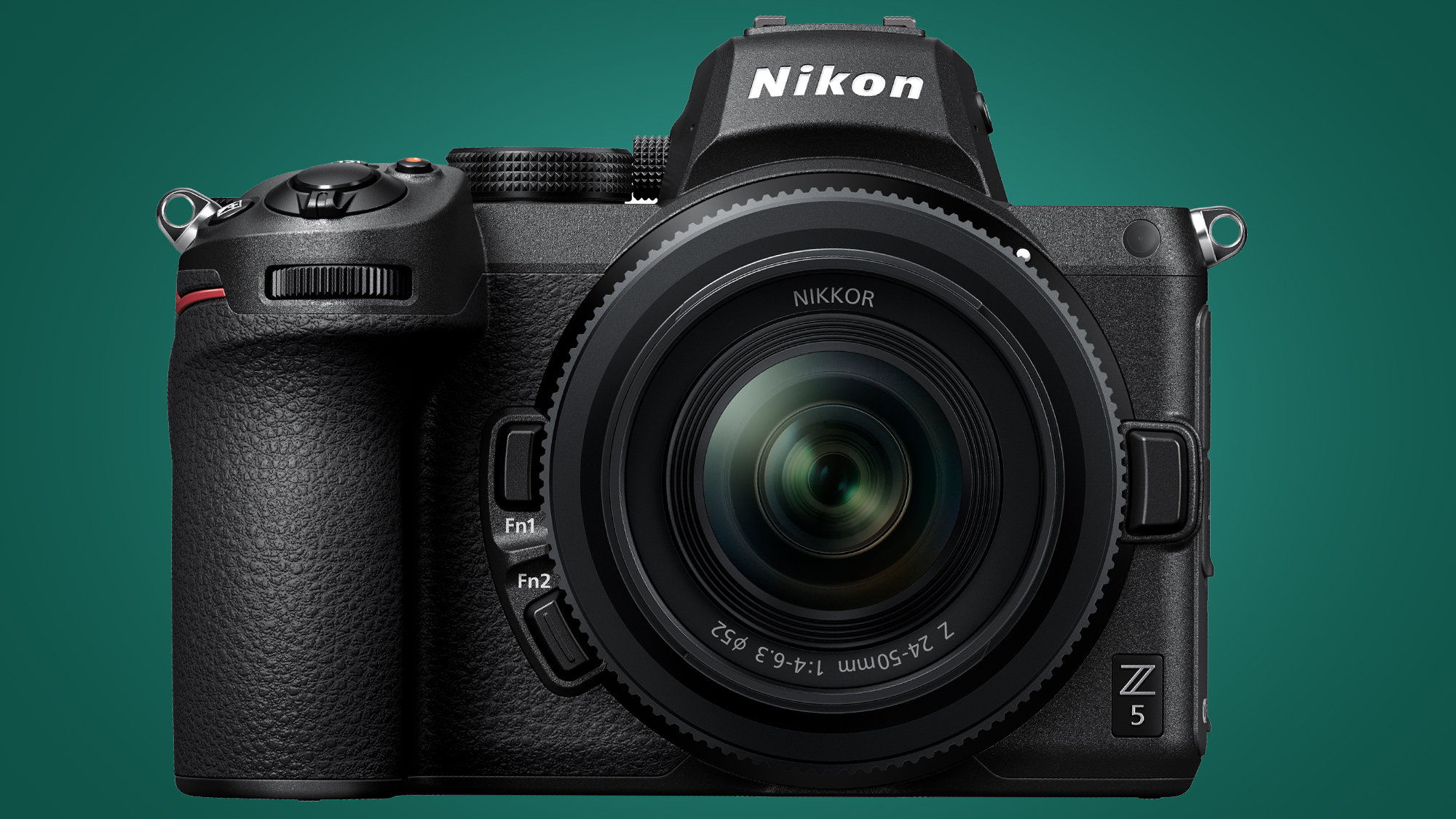
The Nikon Z5's sensor, meanwhile, is more of an unknown quantity, because it's a brand-new chip. The main difference is that it isn't backside-illuminated, which is usually more of a concern with smaller sensors, but we look forward to seeing how it affects real-world performance. It also has a native ISO range of 100-51,200 and is paired with the same Expeed 6 processor as the Z6.
Get daily insight, inspiration and deals in your inbox
Sign up for breaking news, reviews, opinion, top tech deals, and more.
2. Design
Put the Nikon Z5 and Z6 next to each other and you initially struggle to tell the difference. Both cameras are more compact than their DSLR cousins, and should fit comfortably in the hand thanks to their large grips.
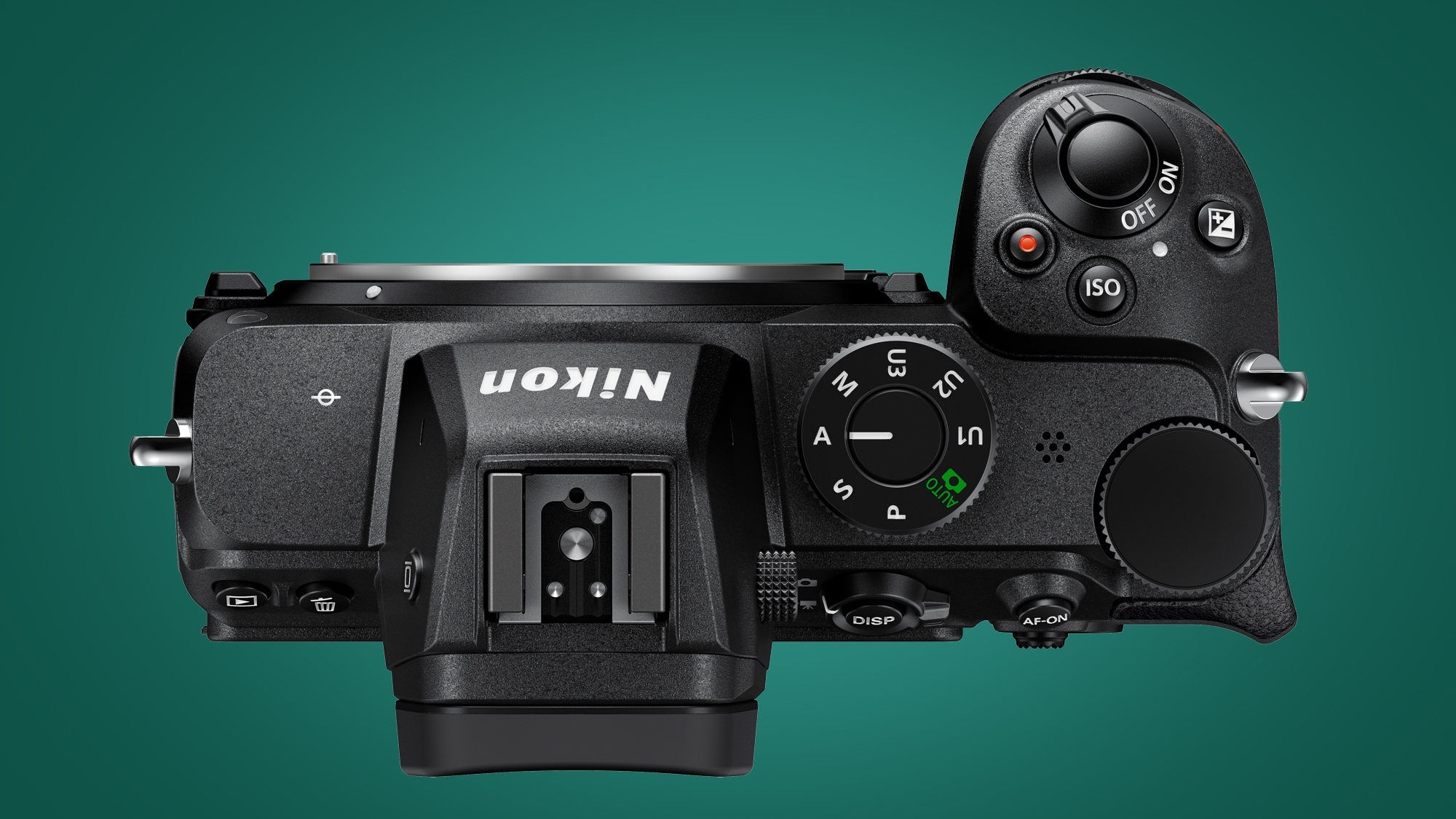
They're also weather-sealed and have a solid, magnesium alloy construction. The main difference between the two cameras is that the Nikon Z5 lacks the Z6's top-plate LCD for checking and tweaking your exposure settings. Considering the Z5 is aimed at the less professional photographer, that shouldn't really be a big miss for most potential buyers.
One other area where the Nikon Z5 has economized is its rear LCD, which only has a 1.1-million dot resolution, compared to the 2.1-million dot resolution of the Z6's monitor. The fact that the Z5 has the same 3.69-million dot EVF as its sibling adds weight to the feeling that it's aimed more at the stills photographer, in contrast to the 'hybrid' approach of the Z6.
3. Burst shooting
One of the clearest differences between the Z5 and Z6 is their relative burst shooting powers, a feature that is particularly useful for sports and wildlife shooting.
The Nikon Z6 weighs in with an impressive maximum burst speed of 12fps, which remains a competitive rate despite the bottleneck of its relatively modest buffer. But the Nikon Z5 can only shoot at 4.5fps, a figure that would have been disappointing five years ago.
It's important to state that burst speeds aren't everything when it comes to shooting action – autofocus can be just as critical when it comes to nailing shots of moving objects, and the Nikon Z5 has the same Hybrid AF system (with Eye Detection AF and Animal Detection AF) as the Z6. But it's a spec that's worth bearing in mind if your photographic diet is heavily weighted towards action or wildlife.
4. Video skills
Aside from burst shooting, this is the other big area where the Nikon Z6 trumps the new Z5 (on paper, at least). Compared to its older brother (and many of its mirrorless rivals), the Nikon Z5 has several restrictions when it comes to shooting video.
For a start, its 4K video mode comes with a fairly hefty 1.7x crop. This is particularly important if you're planning to vlog or shoot video to camera, as it can make it difficult to fit subjects in the frame.
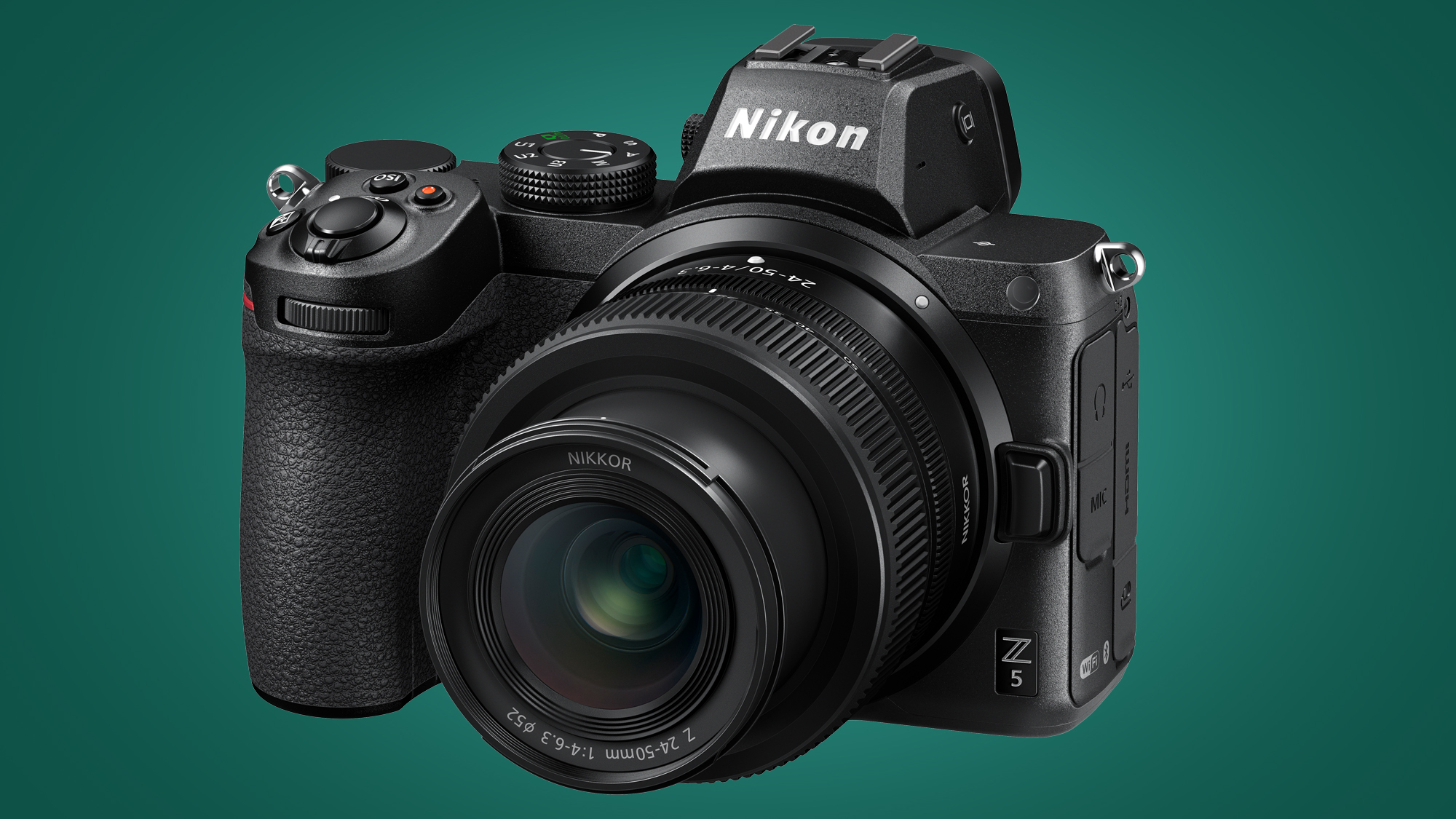
The Nikon Z5 lacks any 120p slo-mo movie modes and also the option of recording 10-bit video externally via its HDMI output, which makes it less appealing to those who like to edit the color and look of their videos in post-production.
Perhaps the final nail in the coffin of the Z5's video credentials is the lack of a fully articulating screen, which is an option you'll find on cheaper full-frame cameras like the Canon EOS RP and is ideal for solo filmmakers who want to check their framing while filming to camera.
5. Card slots
Here's an interesting difference between these two Z series cameras – the supposedly less professional, hobbyist-friendly camera (the Z5) has two card slots, while the pro-leaning model (the Z6) only has one card slot.
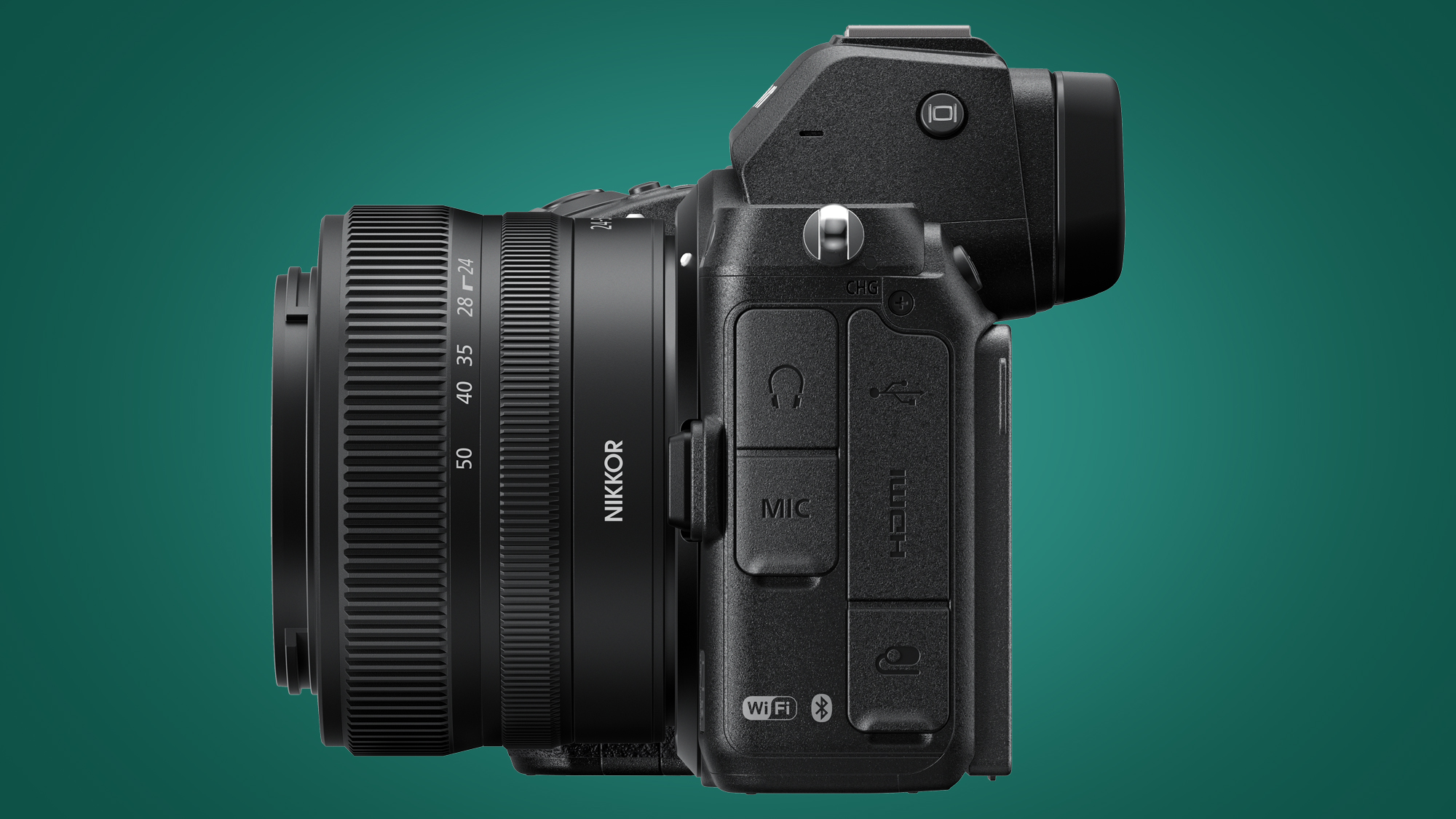
Of course, it's not quite as simple as 'more means better'. The Z6 has a single XQD card slot, with Nikon keen to point out that the chances of one of these newer cards failing is drastically lower than that of SD cards, therefore justifying the lack of a backup option.
Still, the Nikon Z5's dual UHS-II SD card slots is certainly a bonus considering Nikon's approach to the Z6 and Z7, and gives it an edge over the Canon EOS RP and EOS R (both of which only have one card slot).
6. Battery
A small, but notable difference between the Nikon Z5 and Z6 is that the former uses a new battery called the EN-EL 15C.
This allows the Z5 to be powered by USB while you're still using it, which is handy if you want to shoot a timelapse video or do longer shoots. You can still use EN-EL 15B batteries in the Z5, you just won't get the USB charging function.
For those who want the reassurance of having an extra two batteries on tap, the Z5 is also compatible with the existing MB-N10 battery grip.
7. Kit lens
One of the most revealing features of the Nikon Z5 isn't part of the camera itself, but rather its new kit lens. It's being launched in a bundle with the new Nikkor Z 24-50mm f/4-6.3, which Nikon claims is the "shortest and lightest full-frame mirrorless zoom lens around".
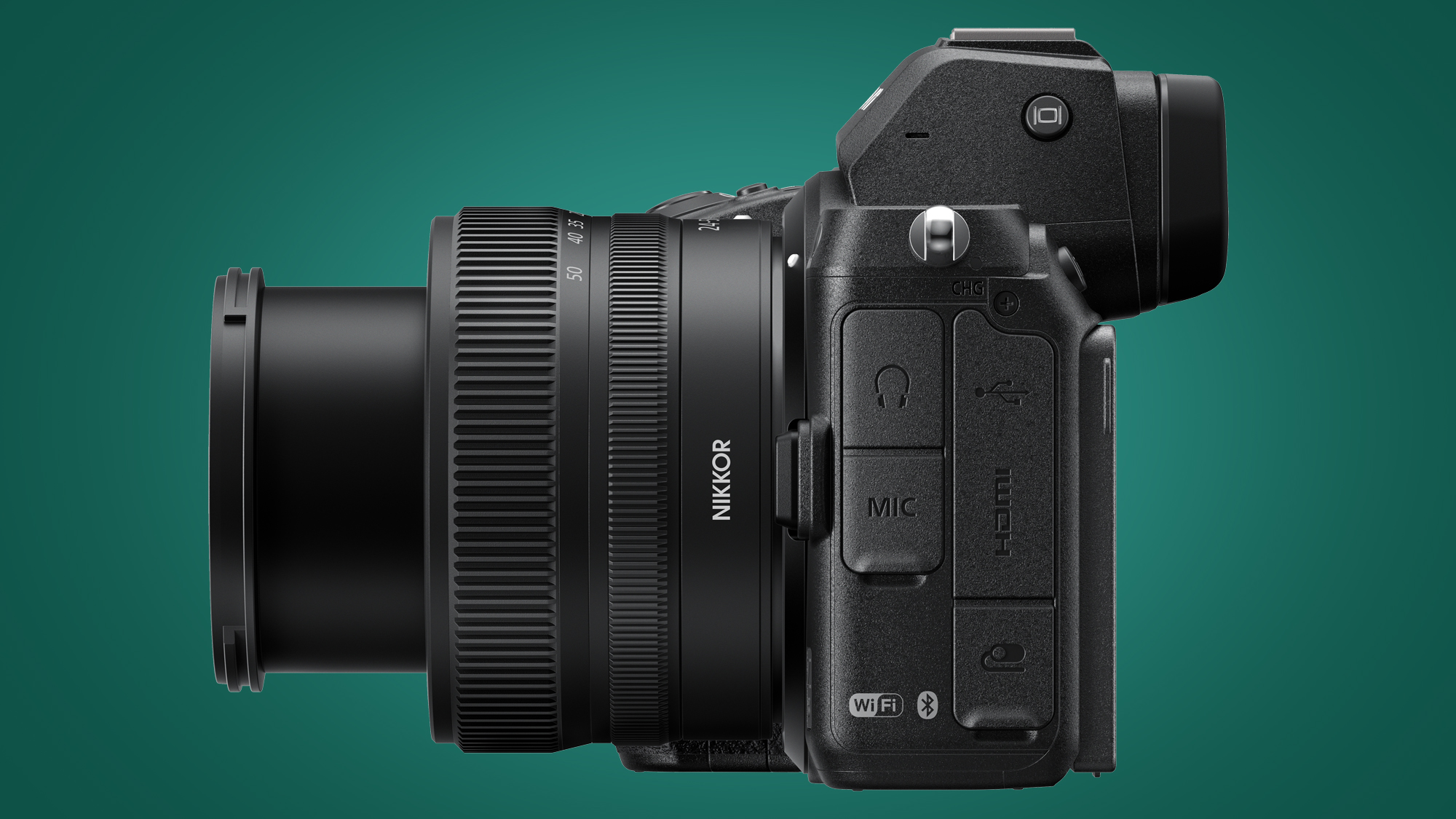
This kit lens has been designed to be an ideal walkaround option for those who don't particularly want the weight or hassle of carrying huge prime lenses around. The Nikon Z6, meanwhile, will continue to be sold with the 24-70mm f/4, a lens that weighs almost as much as the Z6 itself at 500g.
What's particularly telling is that the Nikkor Z 24-50mm f/4-6.3 lens isn't available to buy right now on its own – it's very much been designed to be bundled with the Nikon Z5.
8. Price
Perhaps the main disappointment with the Nikon Z5 is that it isn't quite as affordable as we were hoping for. When it's available from "late summer 2020" (so around August/September in Australia and New Zealand), the body-only price will be $1,399 / AU$2,599, or £1,589 in the UK with an FTZ adaptor that lets you use it with F-mount lenses. You'll also be able buy it from with the new kit zoom lens for $1,699 / £1,719 / AU$3,099.

That seems a little pricey when you consider that it's possible to pick up a body-only Nikon Z6 right now for around $1,799 / £1,595 / AU$2,999. Adding a lens obviously takes that price considerably beyond the Nikon Z5, but hopefully the Z5 could ultimately end up matching the excellent value offered by the likes of the Canon EOS RP.
- These are the best mirrorless cameras you can buy right now

Mark is TechRadar's Senior news editor. Having worked in tech journalism for a ludicrous 17 years, Mark is now attempting to break the world record for the number of camera bags hoarded by one person. He was previously Cameras Editor at both TechRadar and Trusted Reviews, Acting editor on Stuff.tv, as well as Features editor and Reviews editor on Stuff magazine. As a freelancer, he's contributed to titles including The Sunday Times, FourFourTwo and Arena. And in a former life, he also won The Daily Telegraph's Young Sportswriter of the Year. But that was before he discovered the strange joys of getting up at 4am for a photo shoot in London's Square Mile.